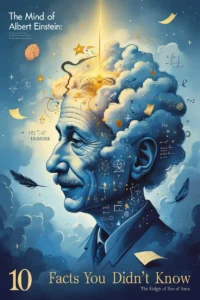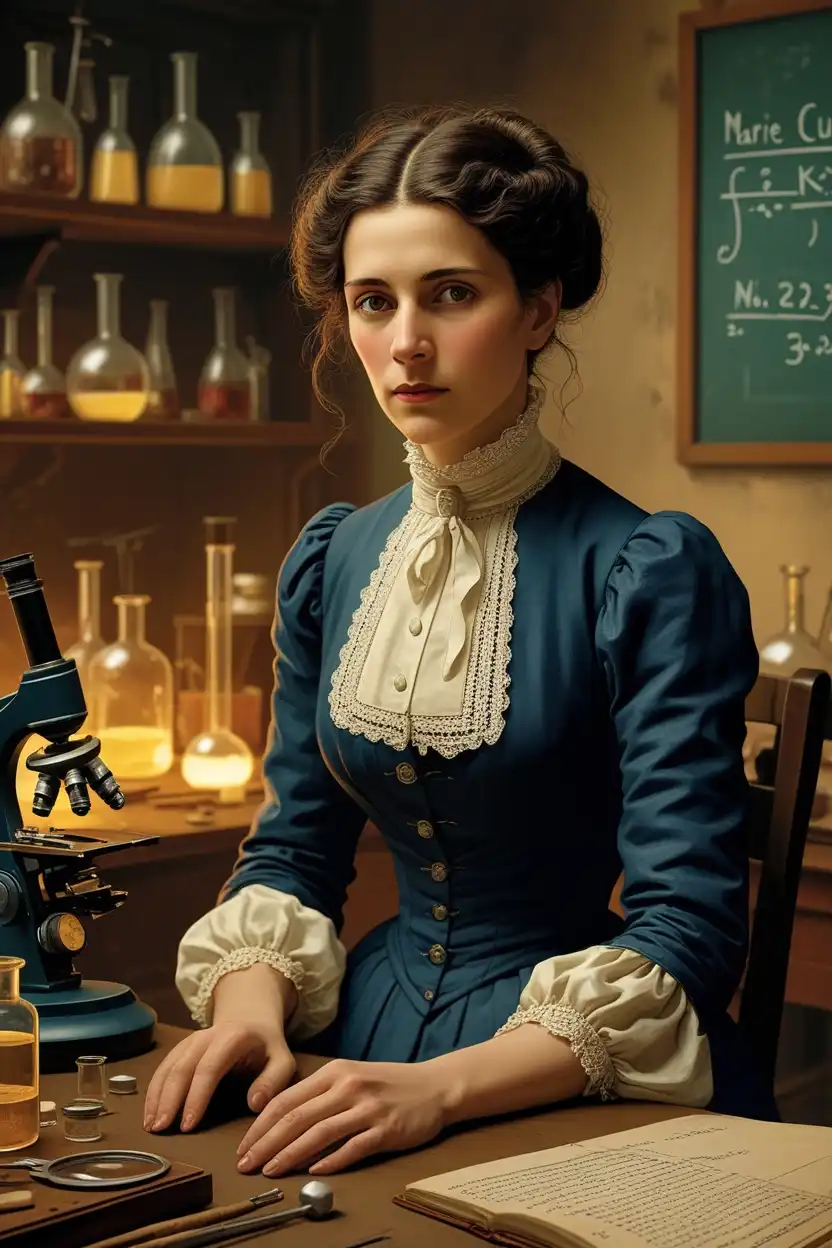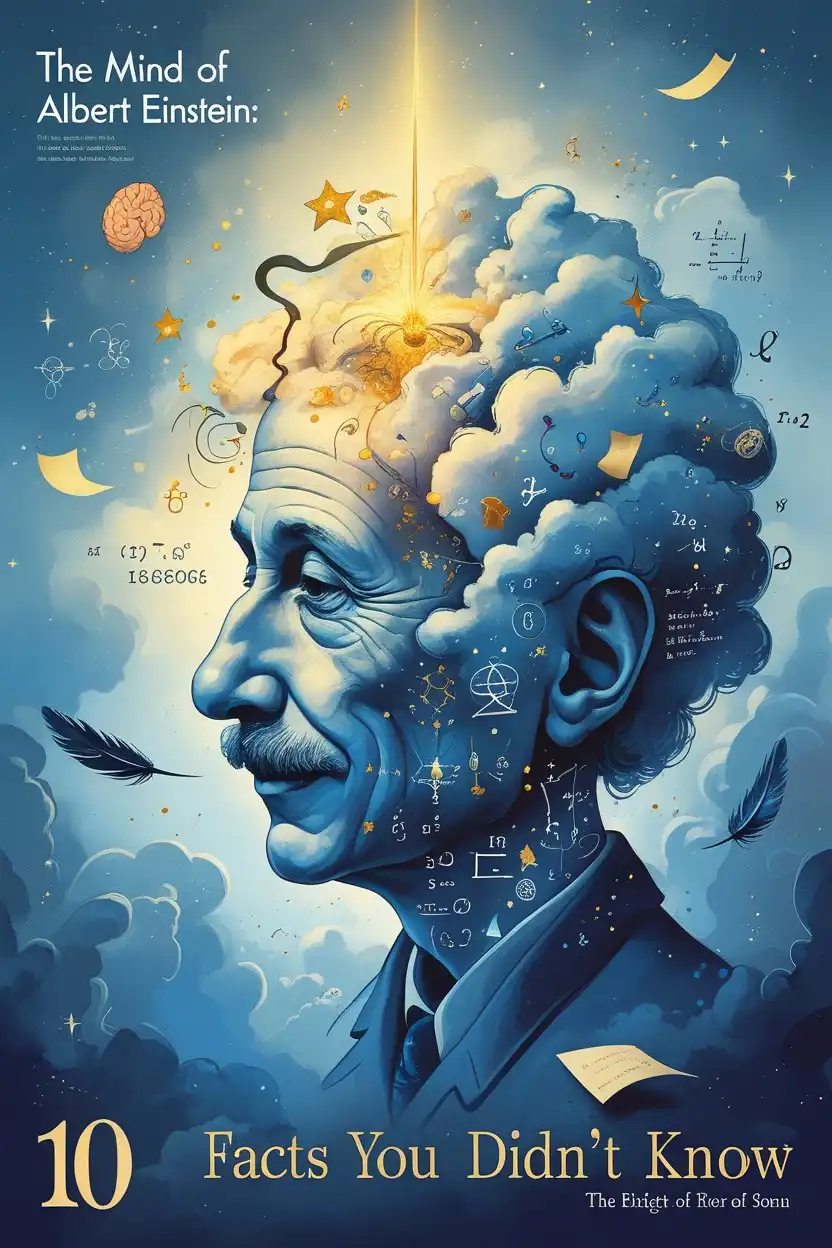When it comes to the history of innovation, few names shine as brightly as Thomas Edison and Nikola Tesla. These two legendary inventors revolutionized the world with their groundbreaking ideas and fierce rivalry. But who truly deserves the title of the greatest inventor? To answer this, we must delve into their contributions, philosophies, and lasting impact on modern society.
The Visionaries: A Brief Introduction
Thomas Edison, often referred to as “The Wizard of Menlo Park,” was an American inventor and businessman credited with developing the first practical incandescent light bulb, the phonograph, and motion picture cameras. He held over 1,000 patents and was renowned for his ability to commercialize his inventions.
Nikola Tesla, on the other hand, was a Serbian-American inventor and engineer whose work laid the foundation for alternating current (AC) electricity, wireless communication, and numerous other technologies. Tesla was a visionary thinker, often dreaming of innovations far ahead of his time.
While both men were brilliant, they had fundamentally different approaches to invention. Edison was a pragmatic inventor who focused on practical applications and business opportunities, while Tesla was a dreamer who prioritized scientific discovery over financial gain.
The War of Currents: A Clash of Ideas
One of the most famous conflicts between Edison and Tesla was the “War of Currents.” In the late 19th century, Edison championed direct current (DC) electricity, which he believed to be safer and more reliable. Tesla, working with industrialist George Westinghouse, advocated for alternating current (AC), a system that could transmit electricity over long distances with greater efficiency.
The rivalry between DC and AC led to heated debates and even public demonstrations. Edison went as far as staging gruesome experiments to discredit AC by using it to electrocute animals. Despite Edison’s efforts, Tesla’s AC system ultimately won out, becoming the standard for electrical power distribution worldwide.
This victory alone solidifies Tesla’s legacy as a pioneer in electrical engineering. However, Edison’s contributions to early electricity infrastructure cannot be overlooked, as his DC systems played a crucial role in the initial electrification of cities.
Invention vs. Innovation: Who Did It Better?
Edison’s genius lay in his ability to turn ideas into marketable products. His creation of the first industrial research laboratory allowed him to systematically develop and refine inventions. The light bulb, for example, was not Edison’s original idea but a culmination of years of experimentation and improvement on existing designs. His focus on practicality and profitability made him one of the first inventors to achieve massive commercial success.
Tesla, by contrast, was less concerned with profit and more focused on pushing the boundaries of science. His inventions often seemed like something out of science fiction. From wireless energy transmission to his ambitious plans for a global communication network (a precursor to modern Wi-Fi), Tesla’s ideas were decades ahead of their time. Unfortunately, many of his projects were underfunded or misunderstood in his lifetime, leaving him financially destitute despite his genius.
Legacy and Cultural Impact
Edison’s legacy is deeply ingrained in American culture as a symbol of hard work and ingenuity. His Menlo Park laboratory is often romanticized as the birthplace of modern invention. Schools, awards, and even towns are named after him, cementing his place in history.
Tesla, once overshadowed by Edison, has experienced a resurgence in popularity in recent years. His name has become synonymous with innovation and futuristic thinking, thanks in part to Elon Musk’s electric car company, Tesla Inc. Modern audiences admire Tesla not only for his inventions but also for his idealistic vision of a world powered by free energy.
Who Was the Greatest Inventor?
Deciding who was the greatest inventor ultimately depends on how one defines greatness. If we measure success by commercial achievements and practical applications, Edison stands out as a master innovator who shaped industries and brought technology into everyday life. However, if we value visionary thinking and scientific breakthroughs that paved the way for future advancements, Tesla’s genius is unparalleled.
In truth, both men were extraordinary in their own right. Edison taught us how to turn ideas into reality, while Tesla inspired us to dream beyond what seems possible. Together, they represent two sides of the same coin—pragmatism and imagination—both essential for progress.
Conclusion
The debate between Thomas Edison and Nikola Tesla is not just about who was the greatest inventor; it’s a reflection of two different approaches to innovation. Edison reminds us that persistence and practicality can change the world one invention at a time. Tesla shows us that daring to dream big can shape the future in ways we can’t yet imagine.
Perhaps the lesson here is that greatness doesn’t belong to one individual or philosophy alone but emerges from the interplay of diverse ideas and talents. In that sense, both Edison and Tesla are equally deserving of their places in history as two of humanity’s most remarkable inventors.





